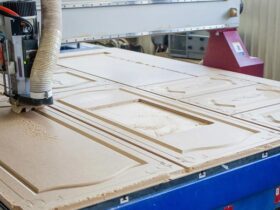If there is a large amount of sand in clay, such clay is not suitable for the manufacture of Saman. You can find out the amount of sand in clay through the process of dissolving clay in water in a transparent jar. If, after the dissolution of clay in the bank, a lot of small sand has fallen into the precipitate, clay is not suitable for Saman. Small sand worsens the quality of clay, makes it more crumbly. As usual, viscous clay in sufficient quantities is available in all wet or swampy places.
As a filler to give clay the hardness, take sand. But the sand, as a filler for clay, you need to take a larger, career or river sand, no more than a third of a millimeter. Clay harvesting under Saman needs to be done for the winter. Clay is laid with long beams, covered with wet straw and covered with cellophane film or roofing material. In this state, clay should stop the winter period in the cold, which improves its quality for processing. First of all, the first mixture of clay with large sand is made with the addition of water. This mass needs to be mixed to get a viscous and thick consistency of clay and sand.
To try the quality of the mixture, you need to take part of the mixture and blind a small ball with a chicken egg. If, when rolling the ball, the clay sticks to the palm of your hand, then you need to add sand. Then you need to let the ball dry and a dried ball from a mixture of clay and sand, throw up up. If the ball is scattered into pieces, then the mixture for the adult is poor -quality, you need to add clay. And if a ball made of a mixture, thrown up, has become a little flattened, then you need a sand additive. With this method, you can determine how much to add to the clay of sand.









